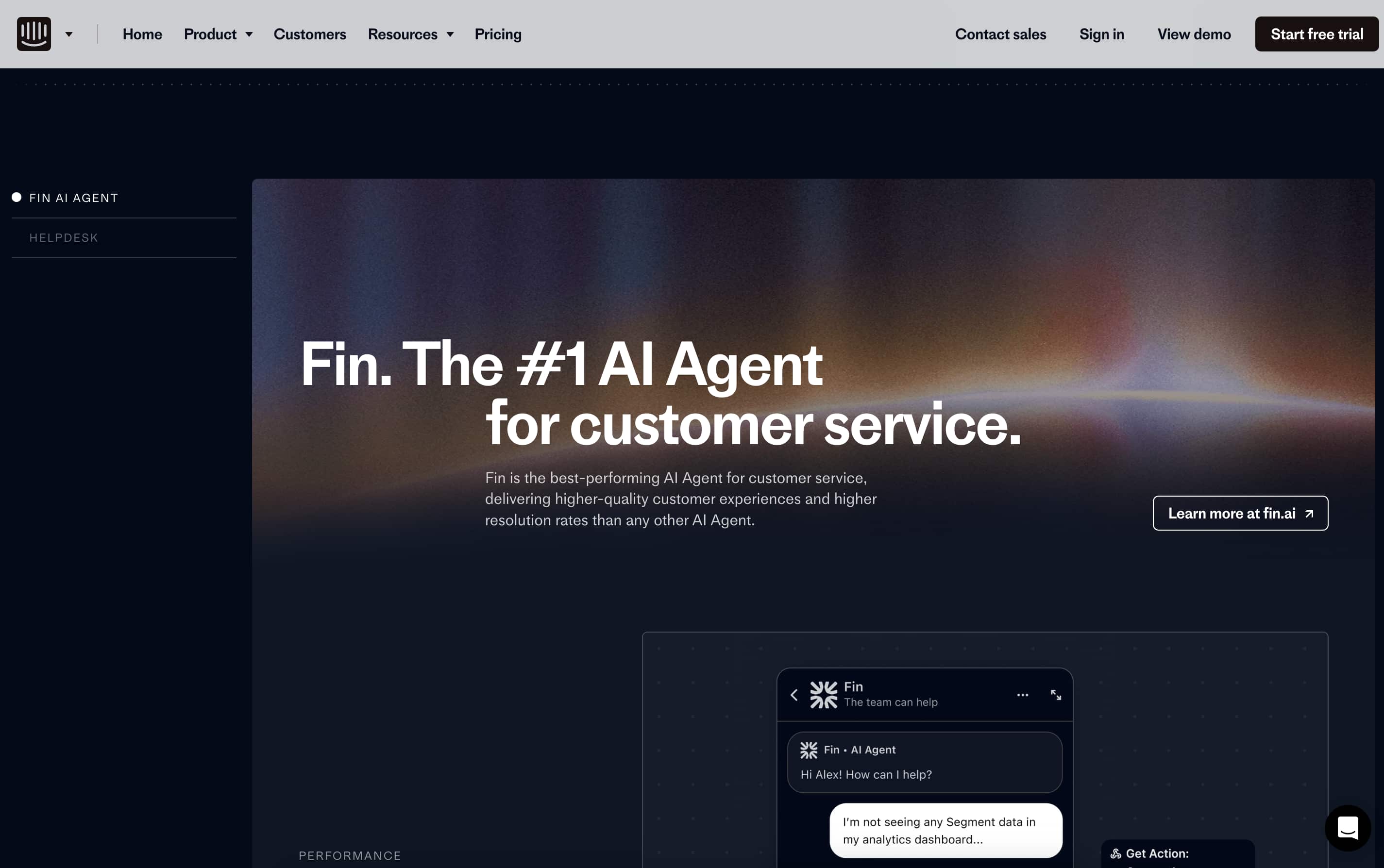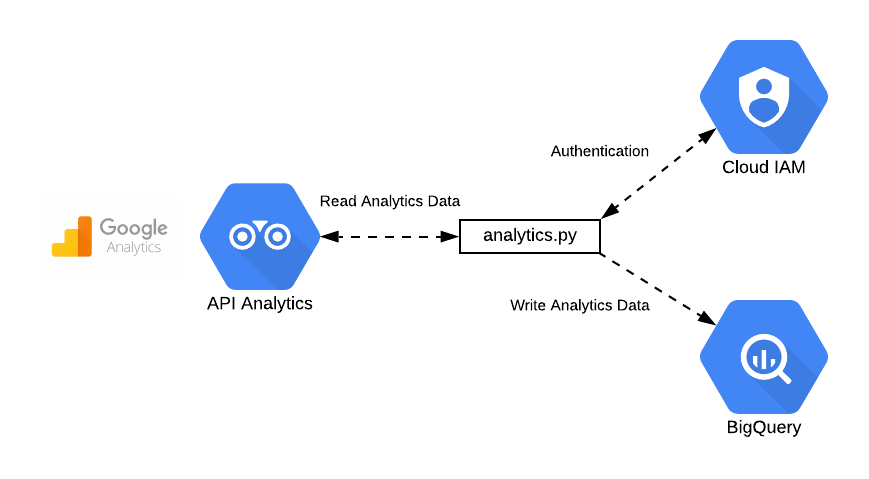
In the early days of the web, static websites were enough. A few pages of content, a contact form, and maybe a map did the job. But today’s digital world demands more. Users now expect speed, interactivity, personalisation — and increasingly, intelligent experiences powered by AI.
This shift is pushing businesses to trade in static sites for dynamic SaaS web apps. These modern platforms aren’t just better for users — they’re built to support real time data, automation, and AI integration.
From web page to web platform
Traditional websites are built with HTML and CSS. They're largely static, like digital brochures.
SaaS web apps, on the other hand, behave more like software. They allow users to log in, interact, and complete tasks, whether that’s managing bookings, editing content, or making purchases. Think of the leap from reading a blog to using something like Trello or Calendly.
Why SaaS web apps are becoming the standard
1. Better UX = Better Engagement
Modern users are used to slick, seamless apps. When you deliver the same experience through your web platform with fast load times, intuitive layouts, responsive design, they stay longer and convert more. Static websites just can’t match the interactivity or flow of a Saas UX Website..
Example: Duolingo
Duolingo could have delivered language tips via a simple blog, but instead built a fully interactive web app with daily streaks, gamification, and progress tracking. This creates a habit loop that keeps users engaged for months.
2. Designed for AI
SaaS apps are naturally suited to AI integration. Chatbots, recommendation engines, predictive analytics — they all rely on structured data and real time interaction. A SaaS app makes these tools feel embedded and intelligent, not bolted on.
 Intercom have a very powerful website
Intercom have a very powerful website
Example: Intercom
Customer support platform Intercom allows companies to deploy AI chatbots directly inside their app interface, using real time user data to tailor support. This would be clunky or impossible on a static site.
3. Real Time Personalisation
Just like Spotify curates playlists or Netflix adjusts artwork, your SaaS platform can tailor content, offers, and experiences based on user behavior. This level of personalisation builds trust and increases conversions when done with thoughtful UX.
Example: Notion
Notion uses your workspace setup, history, and preferences to surface templates, features, and prompts that are tailored to how you work — creating a feeling of personalisation that keeps users loyal.
4. Seamless Integrations
The best SaaS platforms connect to the wider ecosystem, CRMs like HubSpot, payment platforms like Stripe, and workflow tools like Zapier. You can automate onboarding, marketing, and follow ups with minimal effort. And when the UX is aligned, it all feels smooth and intuitive.
Example: Shopify
Shopify doesn’t just let users create stores, it connects to payment gateways, inventory systems, analytics, and marketing tools. It turns eCommerce into an automated, scalable operation through deep integrations.
5. Higher Conversions
SaaS web apps guide users down clear paths: sign up flows, onboarding checklists, purchase funnels. Each step is designed to reduce friction and increase the likelihood of action. Tools like progress bars, microcopy, and visual cues support these flows.
Example: Canva
Canva’s onboarding flow is designed around simplicity and confidence-building. In a few guided steps, users upload a logo, choose a brand font, and start designing, all while feeling in control.
6. Smarter Data Collection
Want to continuously improve your platform? SaaS apps track interactions at every stage, feeding into a cycle of feedback, optimisation, and iteration. This data can drive everything from UI tweaks to AI training models.
Example: Grammarly
Grammarly constantly learns from user inputs and adapts its suggestions over time, improving accuracy and tone prediction. This is only possible through structured, behaviour-driven data collection.
Why this matters for AI
To make AI truly useful in your business, you need infrastructure that supports real time interaction and intelligent automation. A SaaS web app gives you:
Structured, usable data for AI models
Integrated tools like AI chatbots, content generators, or dynamic pricing
The ability to personalise at scale
A platform that evolves based on behavior, not guesswork
The rise of "No Code" platforms like webflow
Tools like Webflow are making it easier than ever to build these kinds of platforms. Combined with services like Memberstack, Wized, or Make, Webflow can now power dashboards, gated content, and even AI enabled user flows, all without writing complex code.
Example: A membership startup
A content-driven business can build a members-only experience using Webflow, Memberstack, and Airtable, with gated content, AI tools, payment subscriptions, and personalised dashboards all without needing a large dev team.
Webflow’s CMS, API access, and visual logic tools help businesses create flexible, scalable web apps that feel bespoke and are built for growth.
Ready to evolve your website?
If your website is still static, you're likely missing out on the benefits of automation, AI integration, and scalable customer journeys. Now’s the time to upgrade.
Modern businesses need more than just a digital presence, they need a digital product. A well designed SaaS web app gives you the power to attract, convert, and retain users more effectively, all while setting the stage for smarter growth through AI.
Talk to Higher Ground. We are a Manchester UX agency, specialising in CRO, UX and Saas Design,








